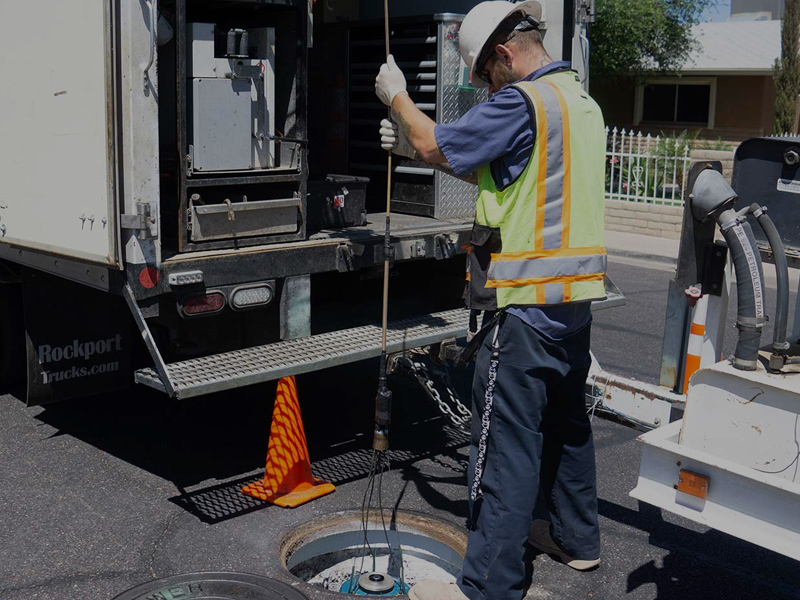
Manhole Cleaning and Inspection: Maintaining Accessibility and Safety
Manhole cleaning and inspection are essential maintenance activities for ensuring the accessibility, safety, and functionality of underground utility systems, particularly sewer and stormwater systems. Manholes provide access points for inspection, maintenance, and repairs, making their regular cleaning and inspection crucial. Here's why these activities are vital:
Importance of Manhole Cleaning:
1. Preventing Blockages: Manholes can become clogged with debris, sediment, and grease over time. Cleaning them removes blockages and allows for efficient flow through the sewer or stormwater system.
2. Reducing Odors: Accumulated debris and organic matter in manholes can produce foul odors, affecting the surrounding environment and nearby communities. Regular cleaning helps mitigate odor issues.
3. Minimizing Corrosion: Corrosion can occur when wastewater or stormwater carries corrosive substances. Keeping manholes clean reduces the risk of corrosion to the structural components of the manhole.
4. Preventing Structural Damage: Sediment and debris can cause structural damage to manholes over time. Cleaning ensures that the manhole remains structurally sound, reducing the risk of collapses or sinkholes.
5. Maintaining Accessibility: Clean manholes are safer and easier to access for maintenance personnel, making routine inspections, repairs, and emergency responses more efficient.
Importance of Manhole Inspection:
1. Identifying Issues: Regular inspections help identify issues within the sewer or stormwater system, such as cracks, leaks, blockages, root intrusions, and structural damage.
2. Assessing Condition: Inspections assess the overall condition of the manhole, including the integrity of its walls, benching, and the condition of its components, such as covers and ladders.
3. Preventing Emergencies: Identifying problems early through inspections allows for timely repairs or maintenance, reducing the risk of emergency situations, such as sewer overflows or sinkholes.
4. Compliance with Regulations: Many municipalities and regulatory agencies require routine manhole inspections to ensure compliance with environmental and safety regulations.
5. Asset Management: Inspection data can be used for asset management and prioritizing maintenance and rehabilitation efforts based on the condition of manholes.
Maintaining Accessibility and Safety:
1. Safety Measures: Safety is paramount during manhole cleaning and inspection. Adequate safety measures, including proper ventilation, confined space entry procedures, and personal protective equipment, must be followed.
2. Scheduled Maintenance: Establish a regular schedule for manhole cleaning and inspection based on the specific needs of your sewer or stormwater system. Frequency may vary depending on factors like system age, condition, and environmental factors.
3. Use of Technology: Utilize modern inspection technologies, such as CCTV cameras and remote sensors, to assess the condition of manholes without the need for direct human entry.
4. Documentation: Keep comprehensive records of cleaning and inspection activities, including observations, findings, and maintenance or repair actions taken.
5. Training: Ensure that personnel involved in manhole cleaning and inspection are adequately trained and experienced in the procedures and safety protocols.
In summary, manhole cleaning and inspection are vital components of maintaining accessible, safe, and functional sewer and stormwater systems. Regular maintenance activities not only extend the lifespan of manholes but also contribute to the overall reliability and efficiency of underground utility infrastructure. Compliance with regulations and a proactive approach to maintenance are essential for managing these critical assets effectively.
Oct 21, 2023